China’s vastness and cultural richness make it a traveler’s paradise, offering experiences that span ancient history, culinary adventures, and breathtaking landscapes. Below is an expanded guide to the 12 key themes outlined in your document, each packed with detailed insights and practical tips to help you craft an unforgettable journey.
1. Classic Tourist Attractions: The Golden Triangle & Beyond
Beijing
Great Wall: Venture beyond crowded sections like Badaling. Explore Mutianyu for restored beauty with fewer crowds, or hike Jiankou for raw, wild scenery. Sunrise hikes reward early risers with misty vistas.
Forbidden City: Dive into Ming and Qing dynasty history. Opt for a guided tour to uncover hidden stories, like the concubines’ quarters or the Nine-Dragon Screen.
Summer Palace: Rent a paddle-boat on Kunming Lake and admire the Marble Boat and Long Corridor’s painted ceilings.
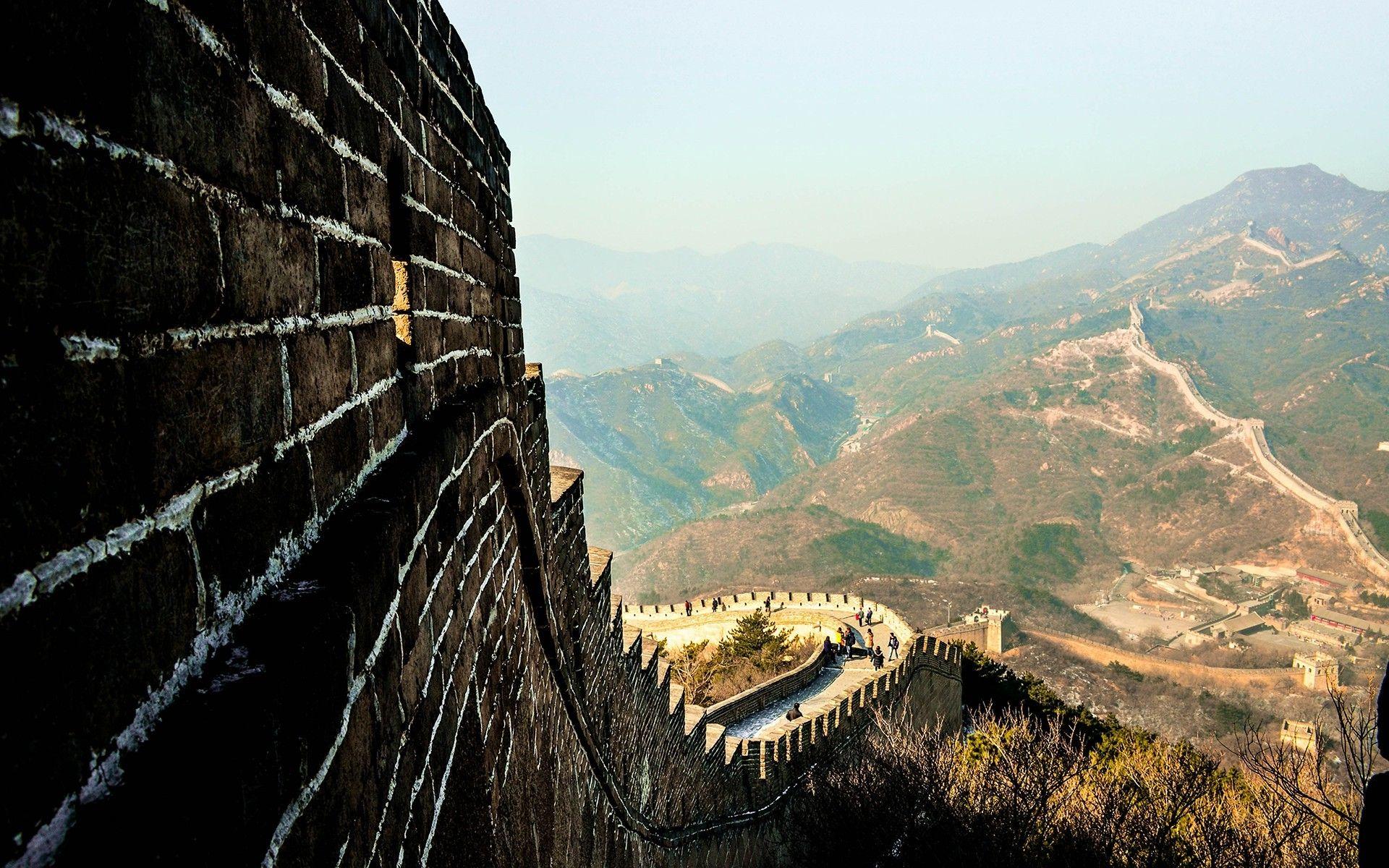 |
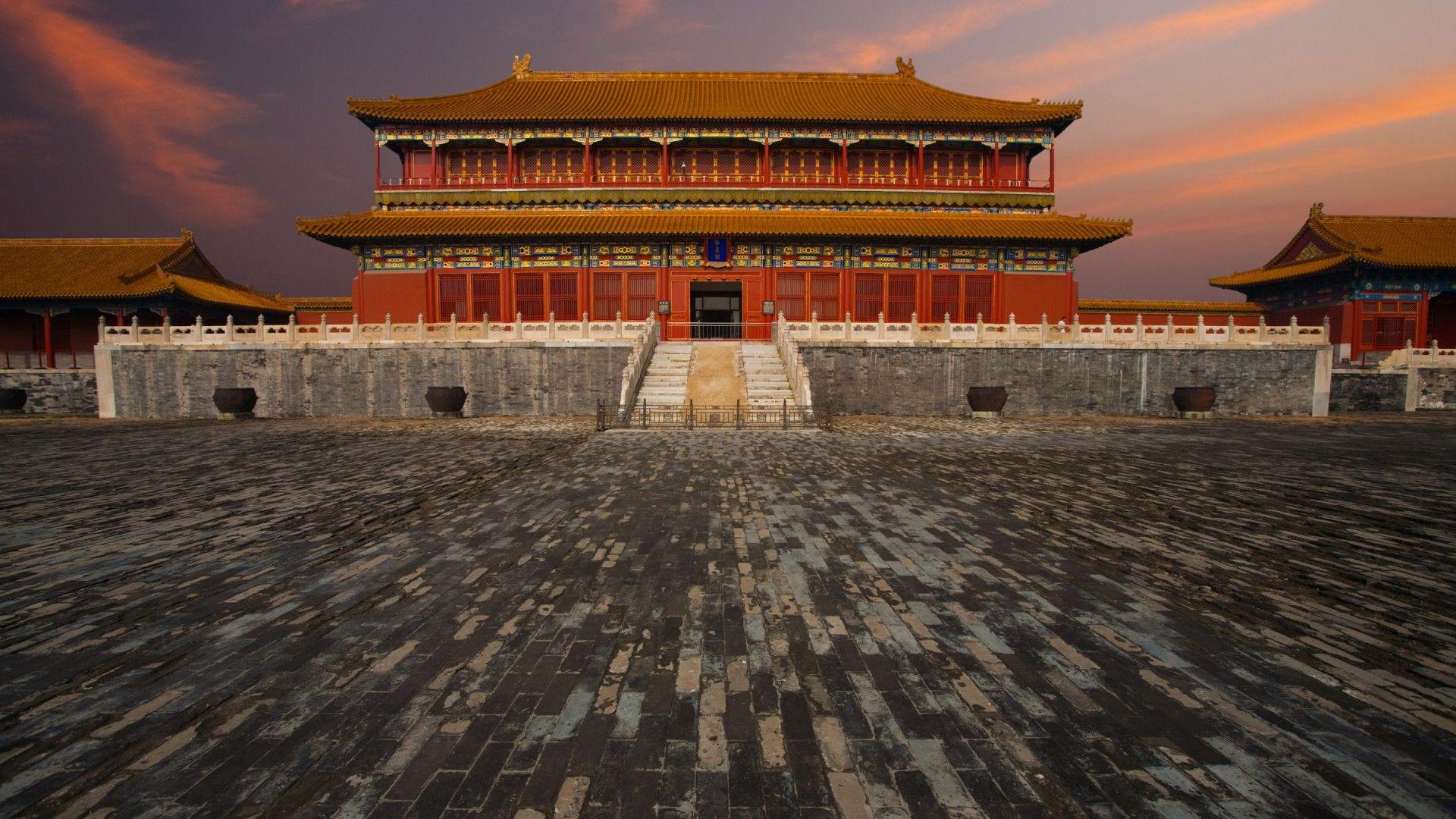 |
 |
| The Great Wall | Forbidden City | Summer Palace |
Xi’an
Terracotta Army: Book a sunrise tour to avoid crowds. Nearby, the Huaqing Palace hot springs reveal Tang Dynasty luxury.
Ancient City Wall: Cycle at sunset for golden-hour views of the city’s blend of old and new.
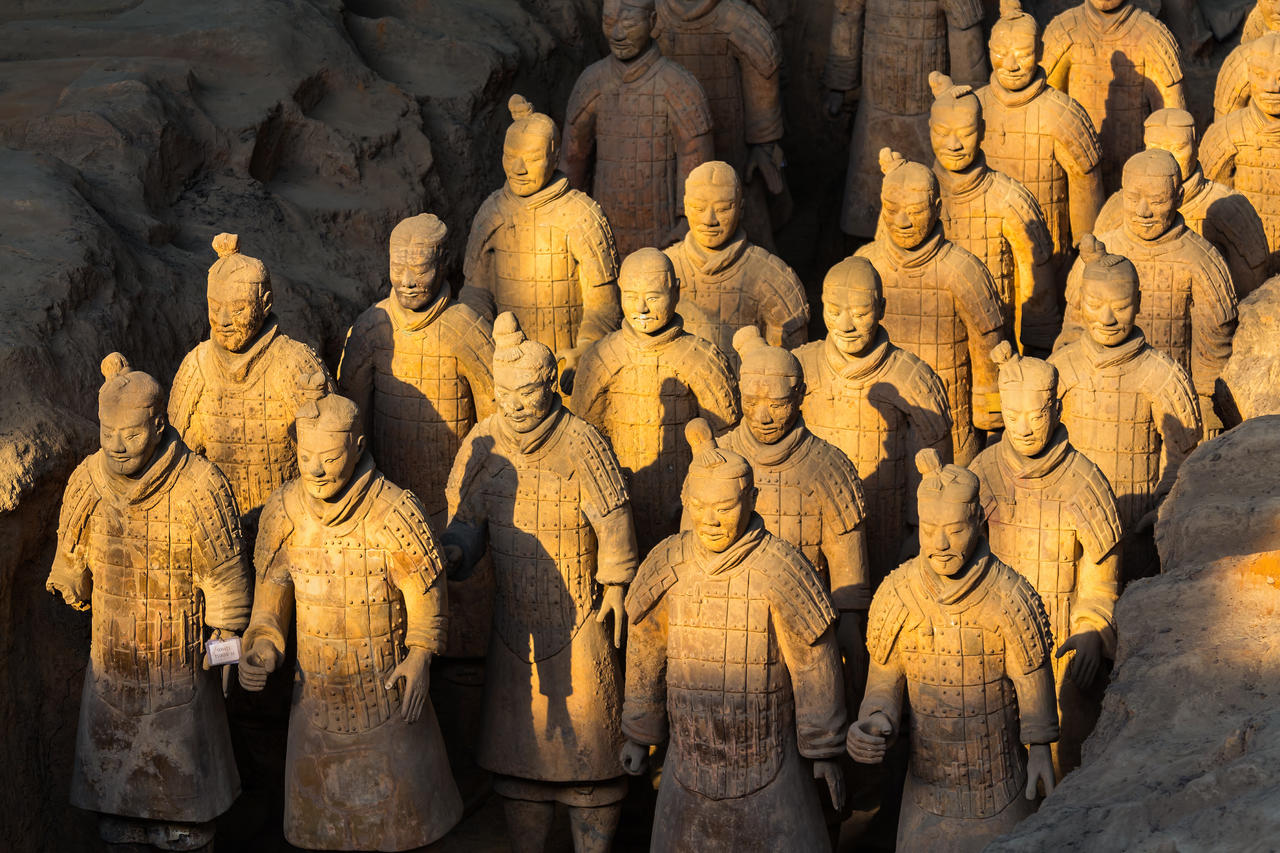 |
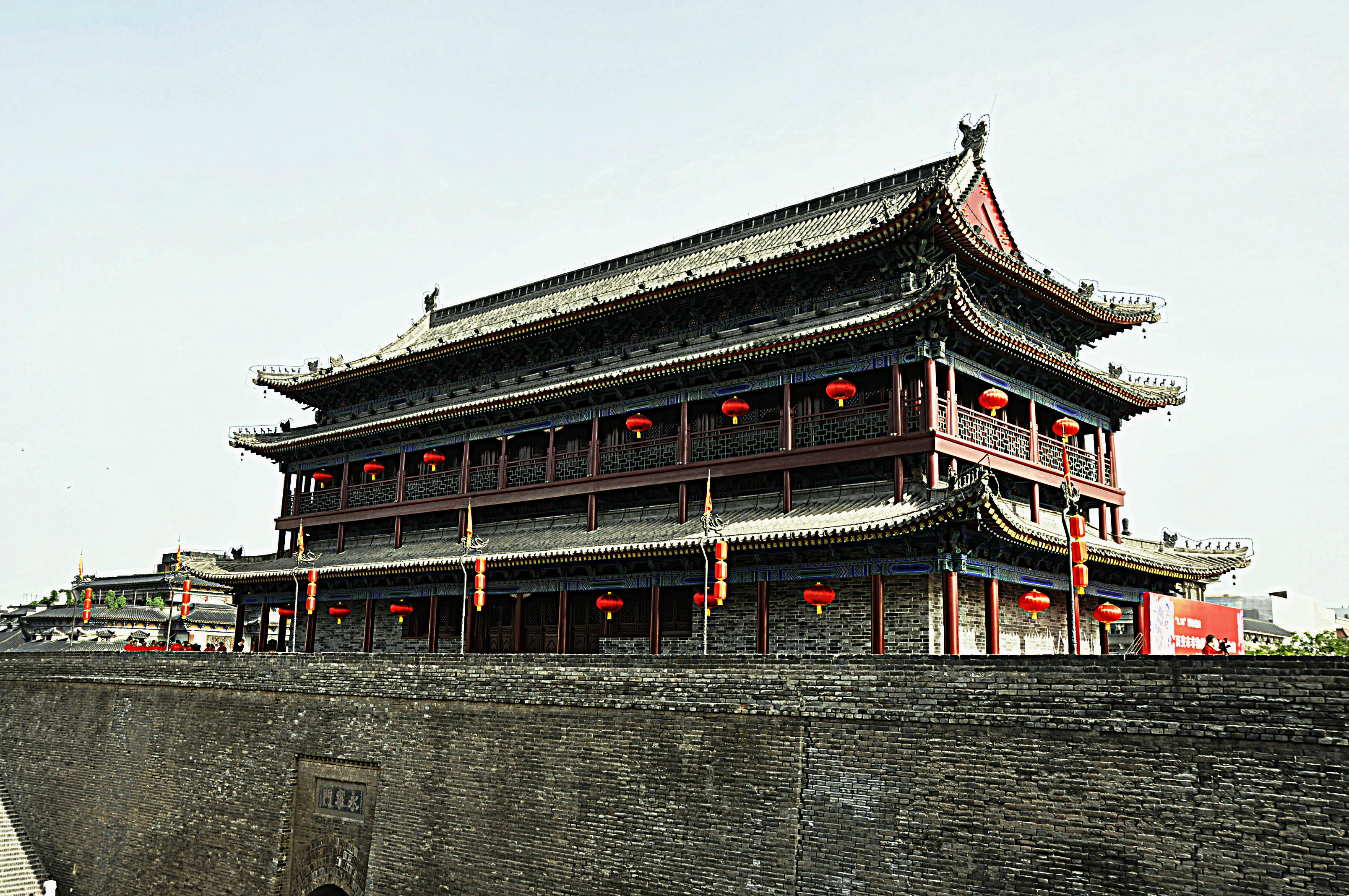 |
| Terracotta Army | Ancient City Wall |
Shanghai
The Bund: Contrast colonialera buildings with Pudong’s neonlit skyscrapers. Night cruises on the Huangpu River are magical.
Yu Garden: Visit the adjacent Yuyuan Bazaar for tea tastings and silk souvenirs.
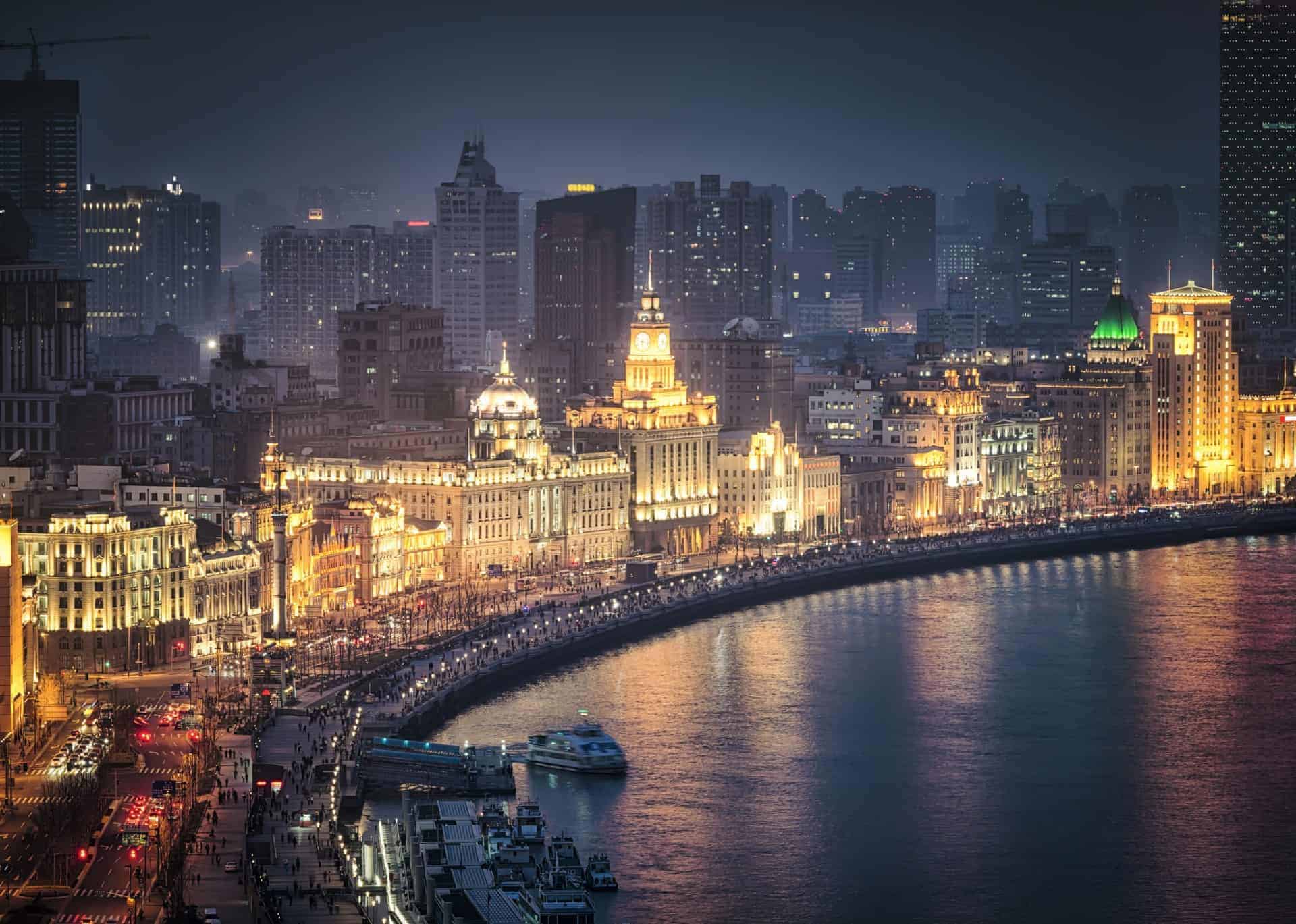 |
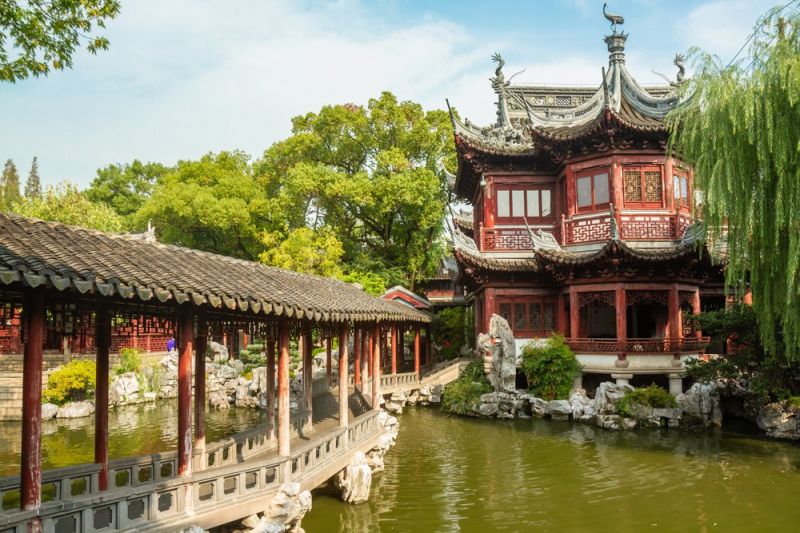 |
| The Bund | Yu Garden |
Travel Tip: Use high-speed trains (Beijing–Xi’an: 4.5 hours; Xi’an–Shanghai: 6 hours) for efficiency.
2. Culinary Delights: A Feast for the Senses
Regional Specialties
Sichuan: Brave the numbing spice of hotpot at Chengdu’s Chuanchuan Xiang or savor mapo tofu at Chen Mapo Tofu Restaurant.
Guangdong: Indulge in dim sum at Guangzhou’s Lianxiang Lou, famed for shrimp dumplings (har gow).
Xinjiang: Try laghman noodles and cumin-spiced lamb skewers in Kashgar’s night markets.
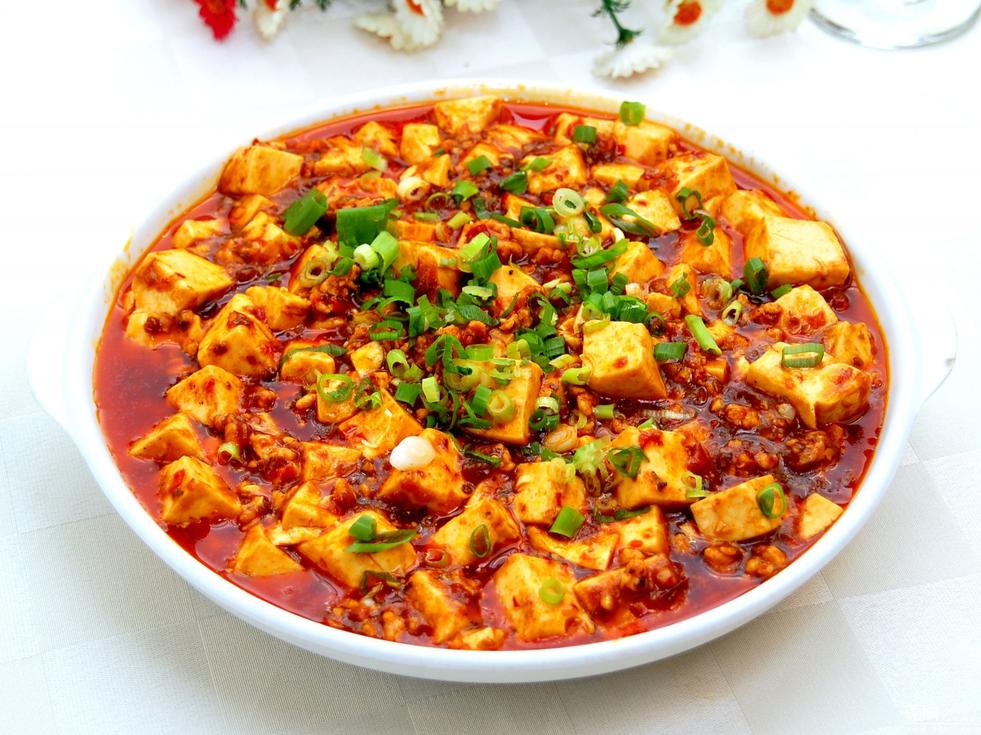 |
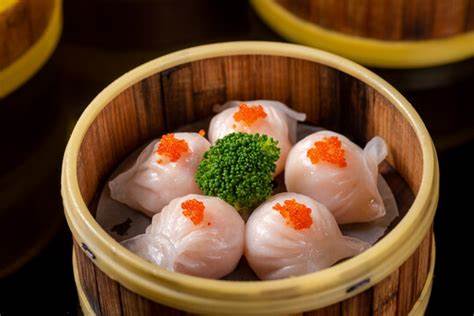 |
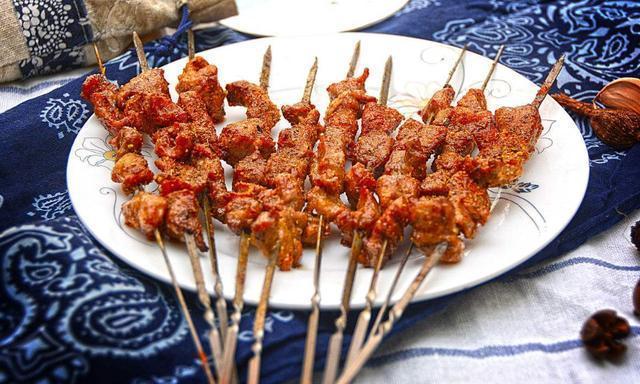 |
| Mapo Tofu | Shrimp Dumplings | Cumin-spiced Lamb Skewers |
Street Food Adventures
Beijing: Hunt for jianbing (savory crepes) in hutongs.
Xi’an: Sample roujiamo (Chinese “burgers”) at the Muslim Quarter.
 |
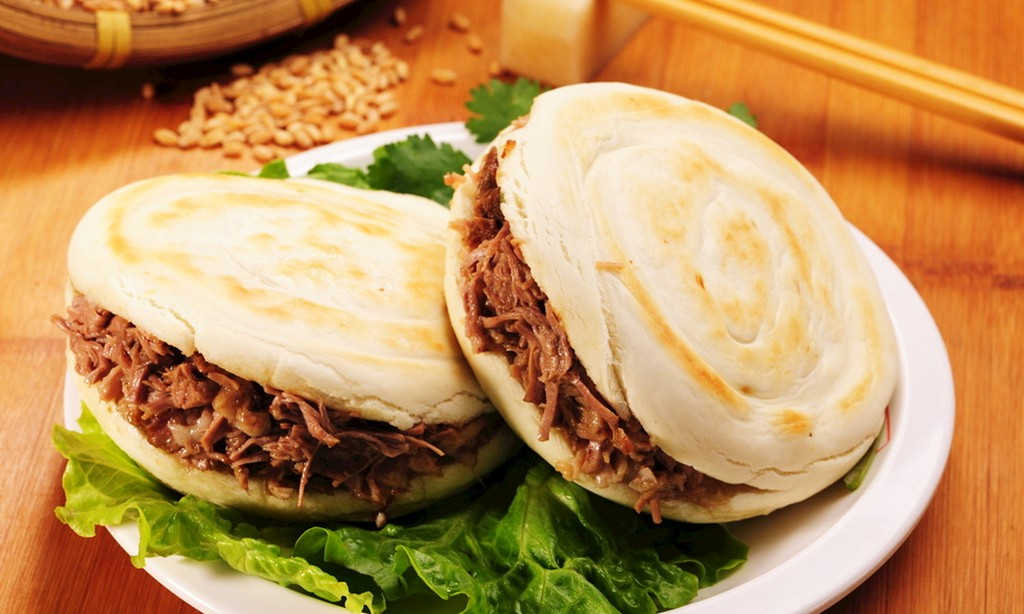 |
| China's Savory Crepes(jianbingguozi) | China's Burgers(roujiamo) |
Cooking Classes: Join a dumpling-making workshop in Beijing or a Sichuan pepper masterclass in Chengdu.
3. Minority Cultural Exploration: Beyond the Han
Yunnan Province
Lijiang: Explore Naxi culture in the UNESCO listed Old Town. Attend a Dongba script workshop.
Xishuangbanna: Celebrate the Dai Water Splashing Festival (April) and stay in stilted bamboo houses.
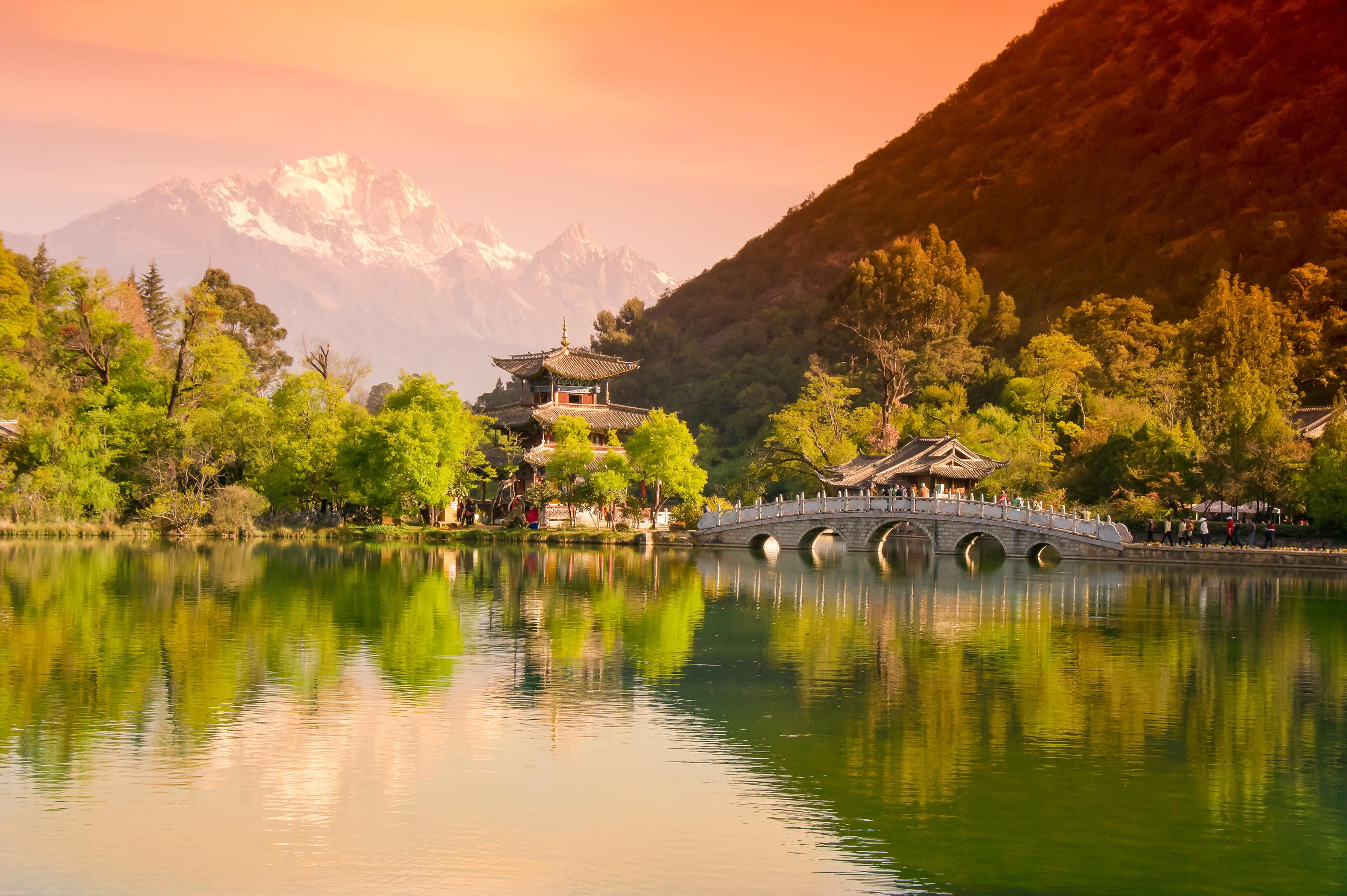 |
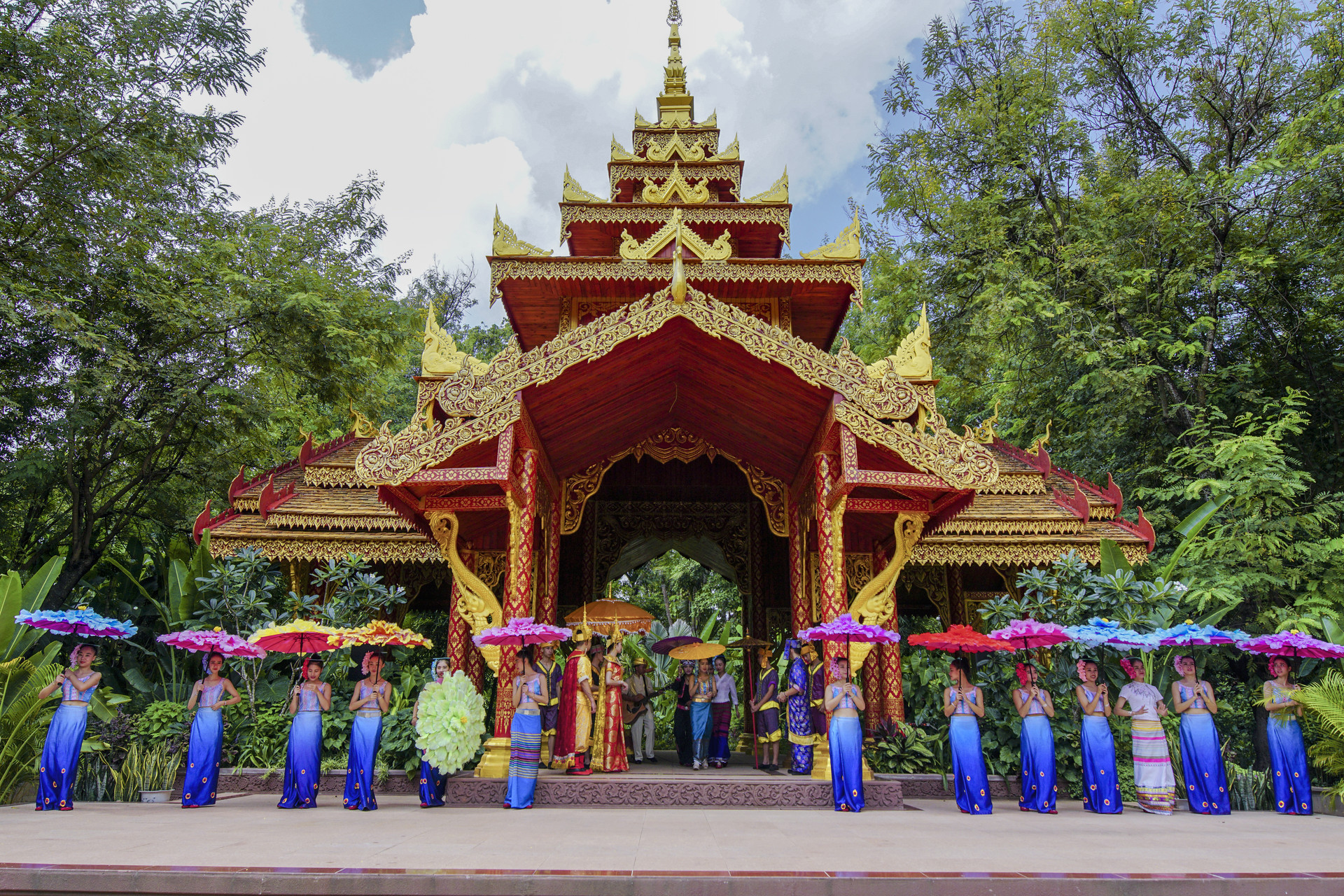 |
| Lijiang | Xishuangbanna |
Guizhou
Miao Villages: Witness silver jewelry craftsmanship in Xijiang Qianhu Miao Village. Don’t miss their Lusheng music performances.
Tibet
Lhasa: Visit Jokhang Temple with pilgrims and join a thangka painting class.
 |
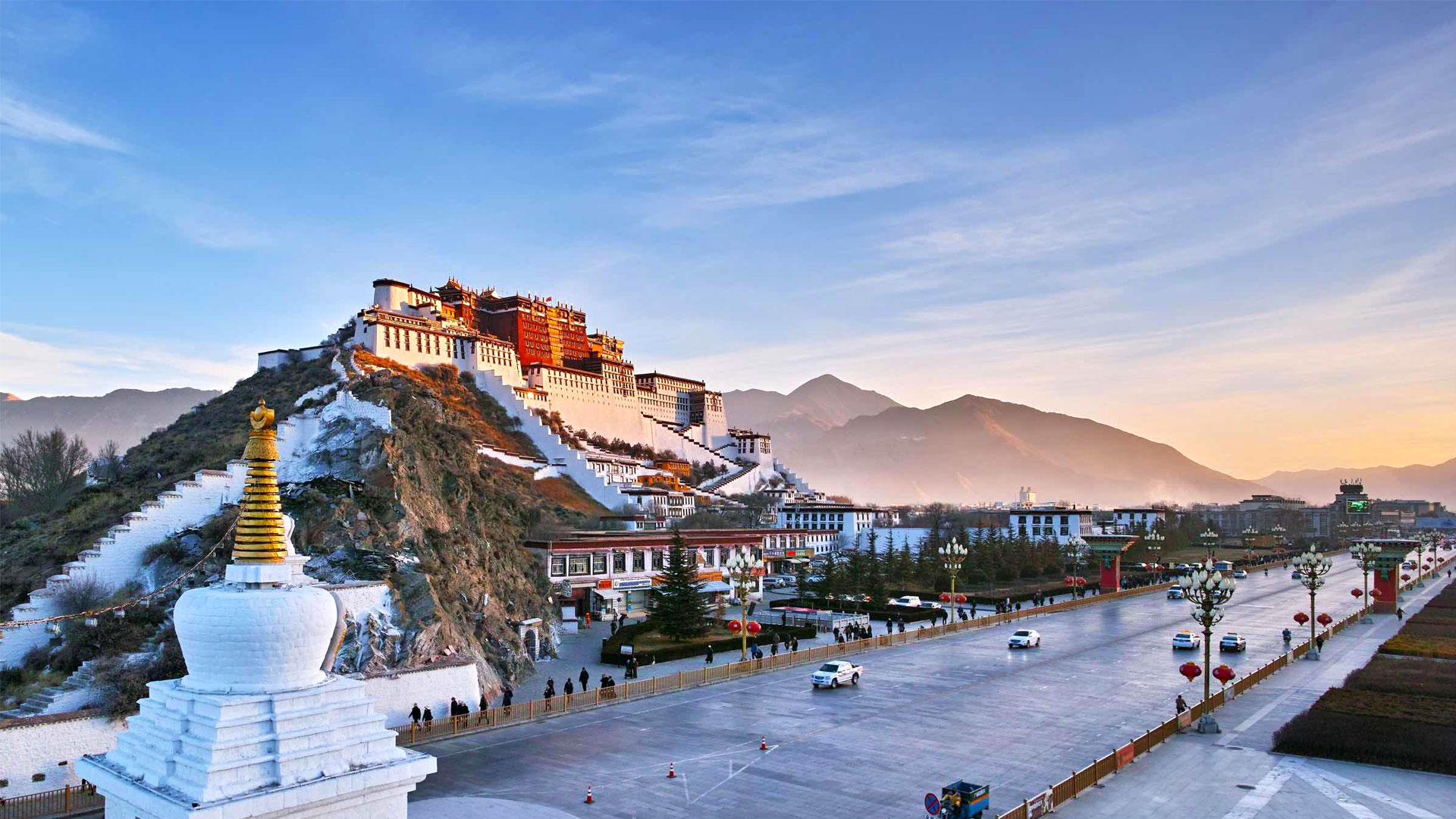 |
| Miao Villages | Lhasa |
4. Imperial Heritage: Echoes of Dynasties
Beijing
Temple of Heaven: Join locals at dawn for tai chi sessions. The Hall of Prayer for Good Harvests is an architectural marvel.
Ming Tombs: Walk the Sacred Way, lined with stone statues of officials and animals.
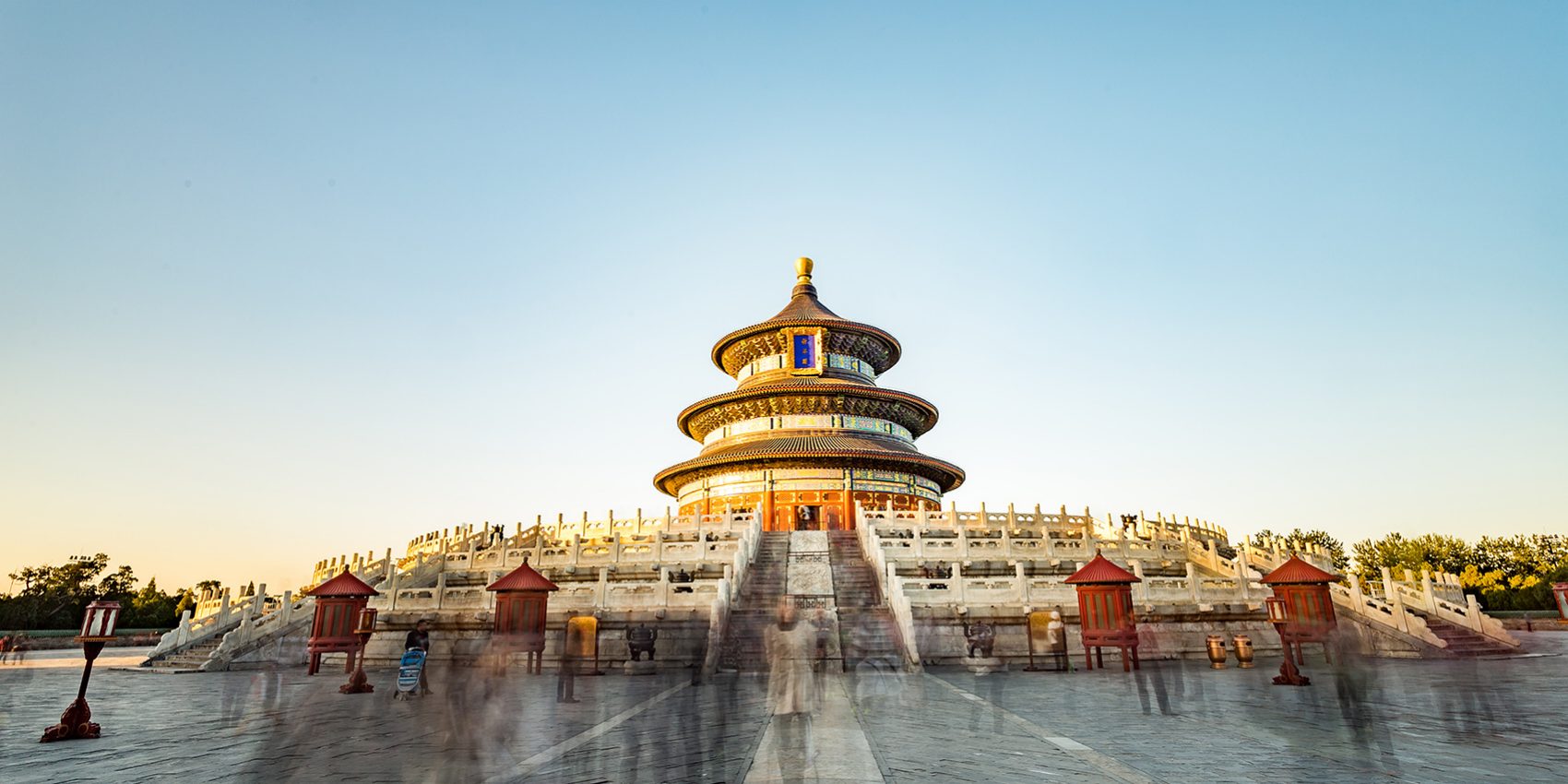 |
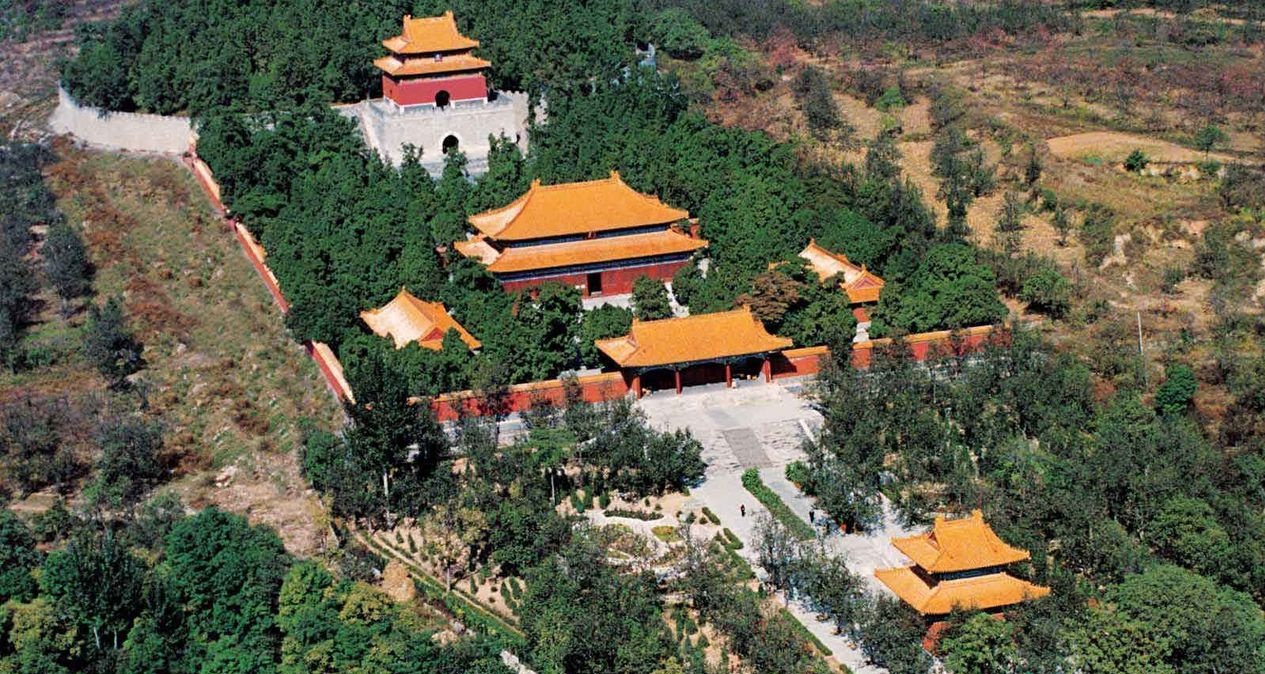 |
| Temple of Heaven | Ming Tombs |
Xi’an
Huaqing Palace: Once a Tang Dynasty retreat, now famed for its hot springs and love story of Emperor Xuanzong and Yang Guifei.
Nanjing
Ming Xiaoling Mausoleum: Stroll through the 600-year-old stone elephant path in the Purple Mountains.
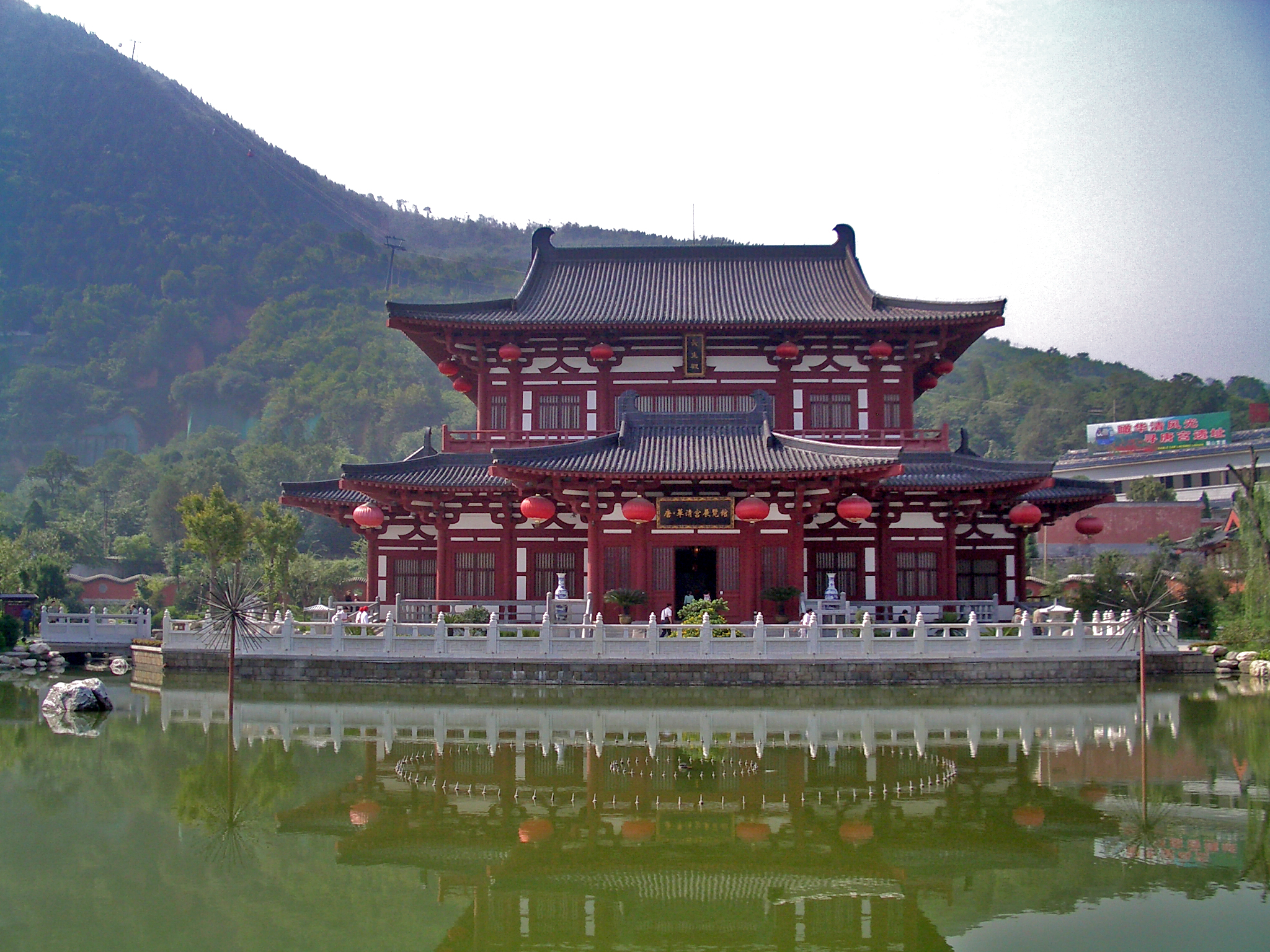 |
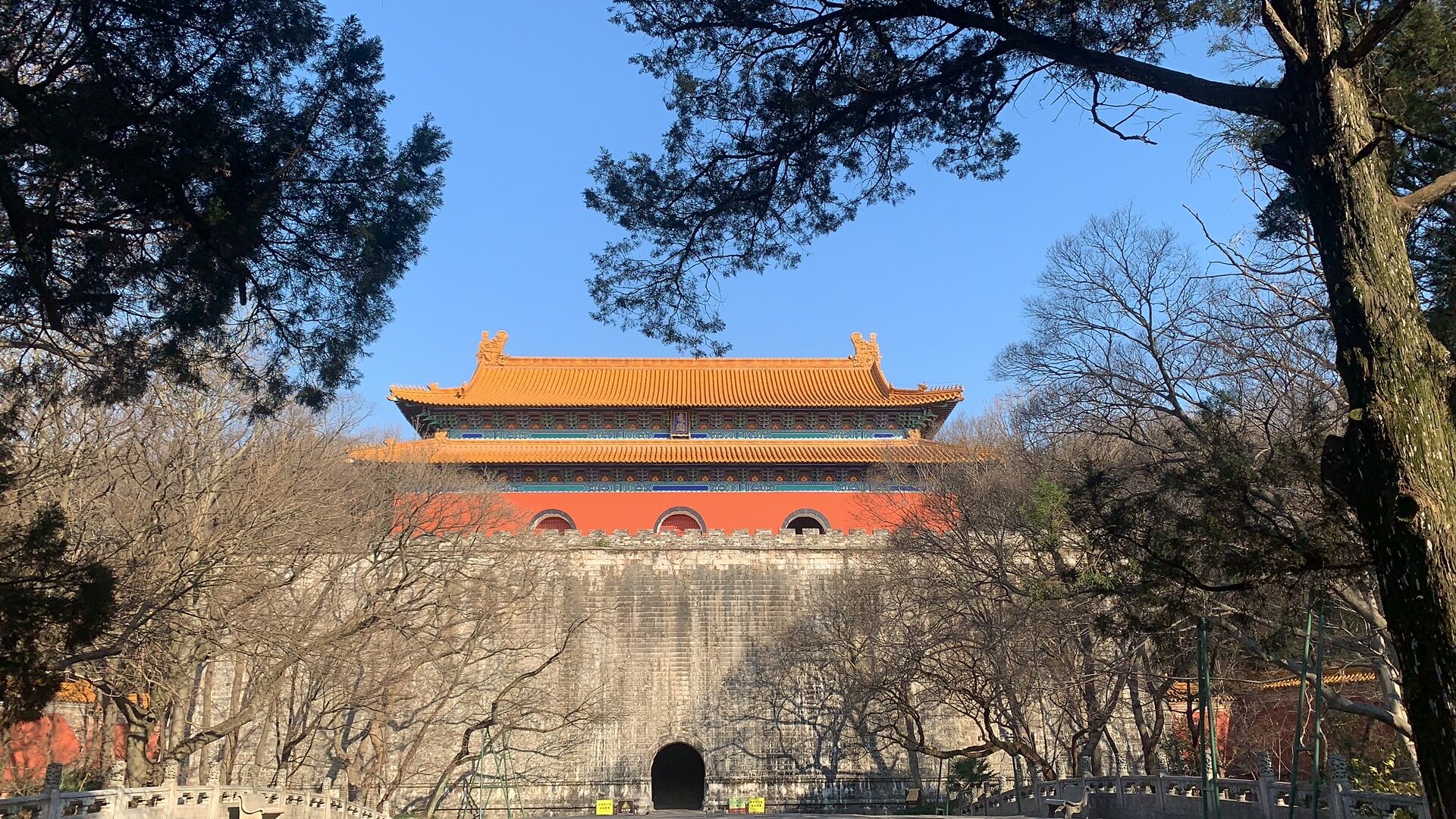 |
| Huaqing Palace | Ming Xiaoling |
Guided Tours: Specialized historians can decode imperial rituals and symbolism in palace architecture.
5. Natural Landscapes: Mountains, Rivers & Beyond
Huangshan (Yellow Mountain)
Hike the West Sea Grand Canyon for ethereal sea of clouds views. Stay overnight at Bright Top Peak for sunrise.
Zhangjiajie
Walk the Glass Skywalk on Tianmen Mountain or explore Avatar Hallelujah Mountain via the Bailong Elevator.
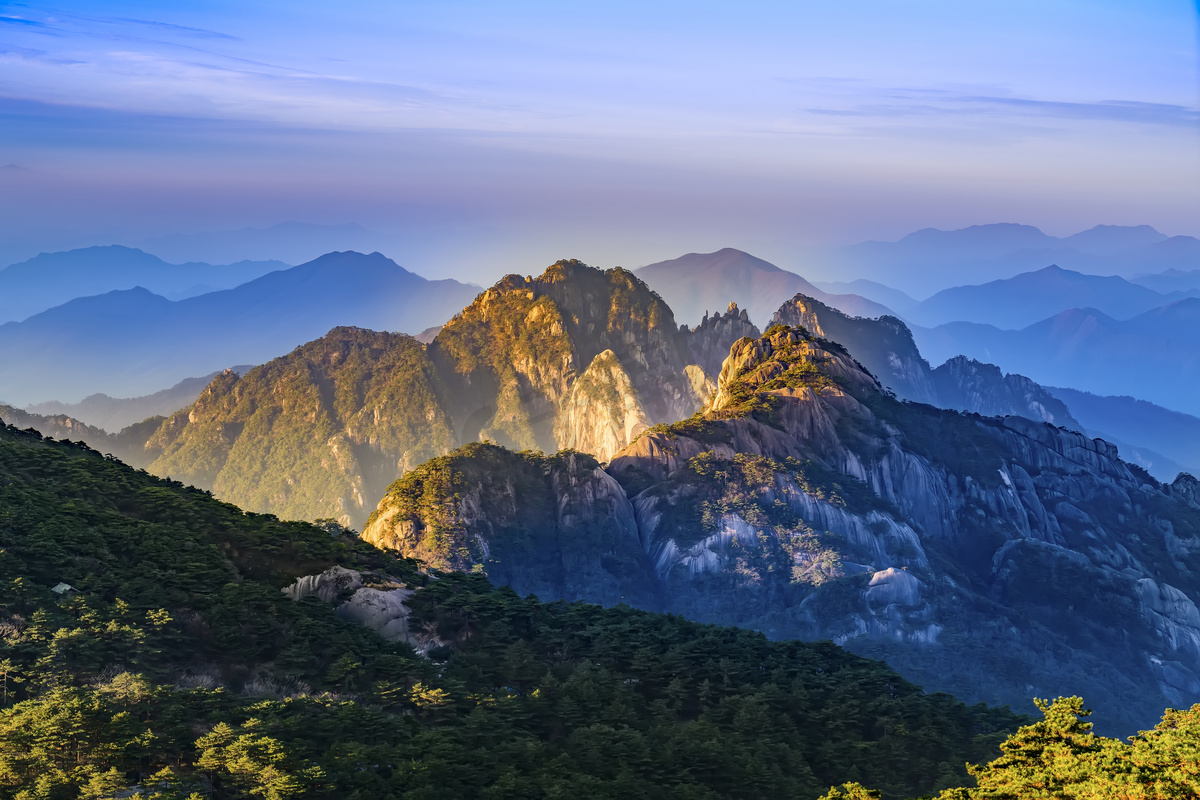 |
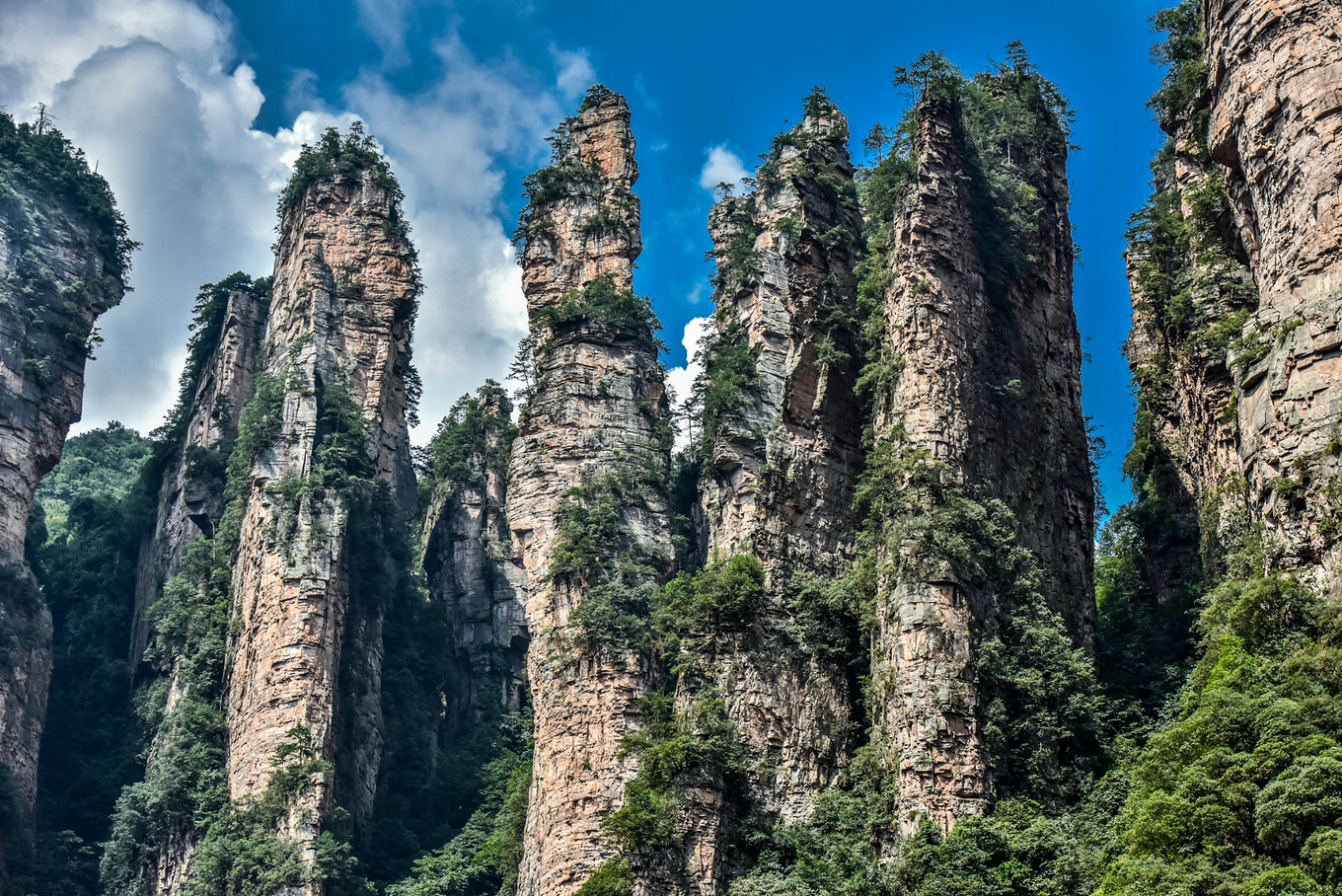 |
| Huangshan | Zhangjiajie |
Guilin & Yangshuo
Li River Cruise: Sail from Guilin to Yangshuo, passing limestone peaks and water buffalo-dotted fields.
Yangshuo Countryside: Bike through rice paddies or try rock climbing on Moon Hill.
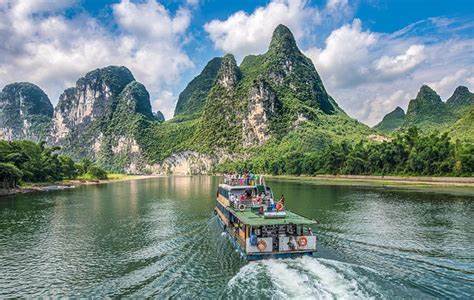 |
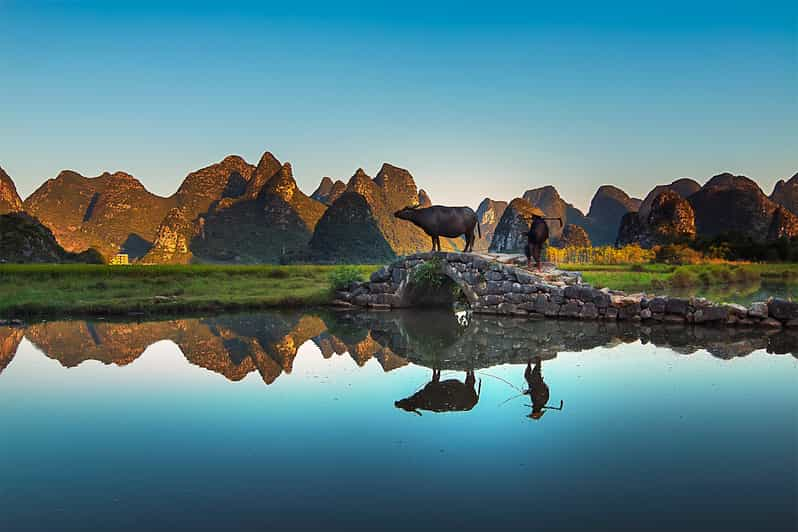 |
| Li River Cruise | Yangshuo Countryside |
6. Winter Activities in Northeast China: Frosty Adventures
Yabuli Ski Resort (Heilongjiang) 
China’s largest ski resort offers slopes for all levels. Try night skiing under illuminated trails or book a private coach for beginners.
Stay at Club Med Yabuli for skiin/skiout convenience and hot spring access.
Harbin Ice and Snow Festival (January–February) 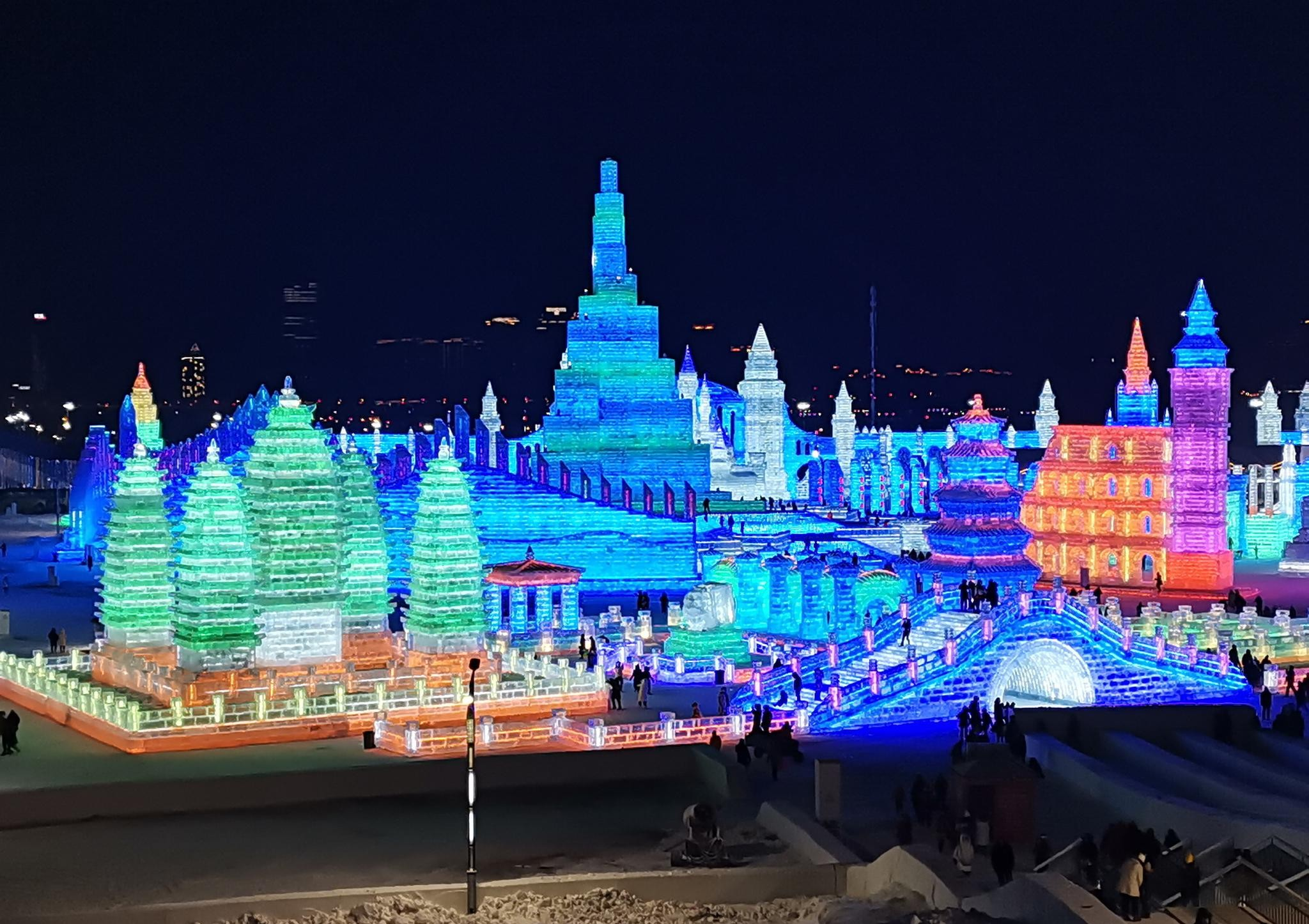
Marvel at colossal ice sculptures illuminated by LED lights at Ice and Snow World. Don’t miss the ice slides and snow maze.
Visit Sun Island Park for intricate snow sculptures and Zhaolin Park for traditional ice lanterns.
Changbaishan (Jilin) 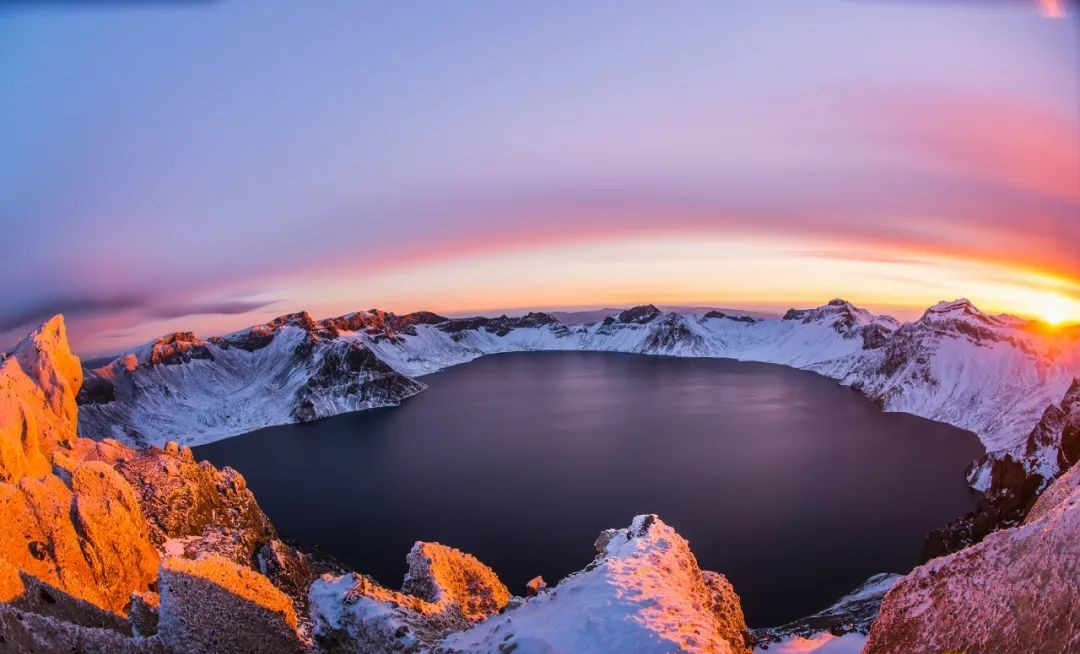
Ski or snowboard at Changbai Mountain International Ski Resort, then unwind in the volcanic hot springs of Blue Pond.
Trek to Heaven Lake, a stunning crater lake straddling the China-North Korea border (accessible via snowmobile in winter).
Travel Tips:
Pack thermal layers, waterproof boots, and hand warmers. Temperatures can drop to 30°C (22°F).
Fly to Harbin Taiping Airport or take a high-speed train from Beijing (8 hours).
7. Silk Road Journey: Traces of Ancient Trade
Dunhuang (Gansu) 
Mogao Grottoes: Explore 492 caves adorned with Buddhist murals spanning 1,000 years. Book a “special tour” to access restricted caves.
Crescent Lake & Singing Sand Dunes: Ride camels at sunset or try sand-boarding.
Turpan (Xinjiang) 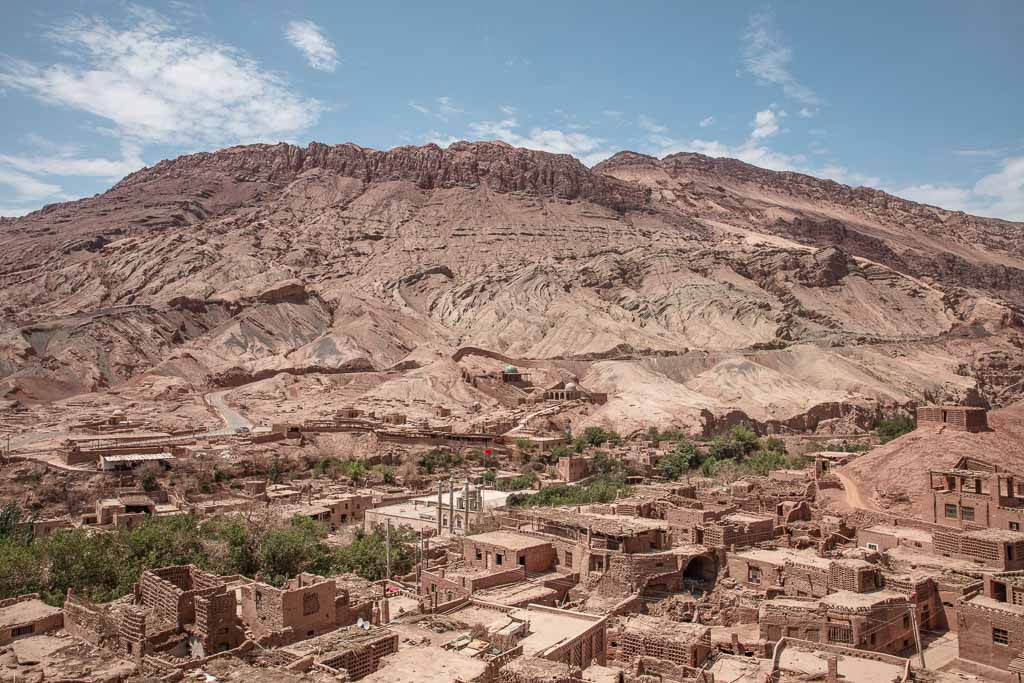
Jiaohe Ancient City: Wander through 2,000yearold ruins of a Uyghur kingdom.
Flame Mountains: Hike trails with Mars-like red sandstone formations.
Kashgar 
Sunday Bazaar: Haggle for spices, carpets, and knives at Central Asia’s largest market.
Id Kah Mosque: Admire Xinjiang’s biggest mosque, blending Islamic and Uyghur architecture.
Cultural Experiences:
Attend a Uyghur muqam music performance or learn to make nang bread (Uyghur flatbread).
Take the Lanxin High-Speed Railway (Lanzhou–Urumqi) for scenic desert views.
8. Suzhou Garden Serenity: Classical Elegance
Humble Administrator’s Garden 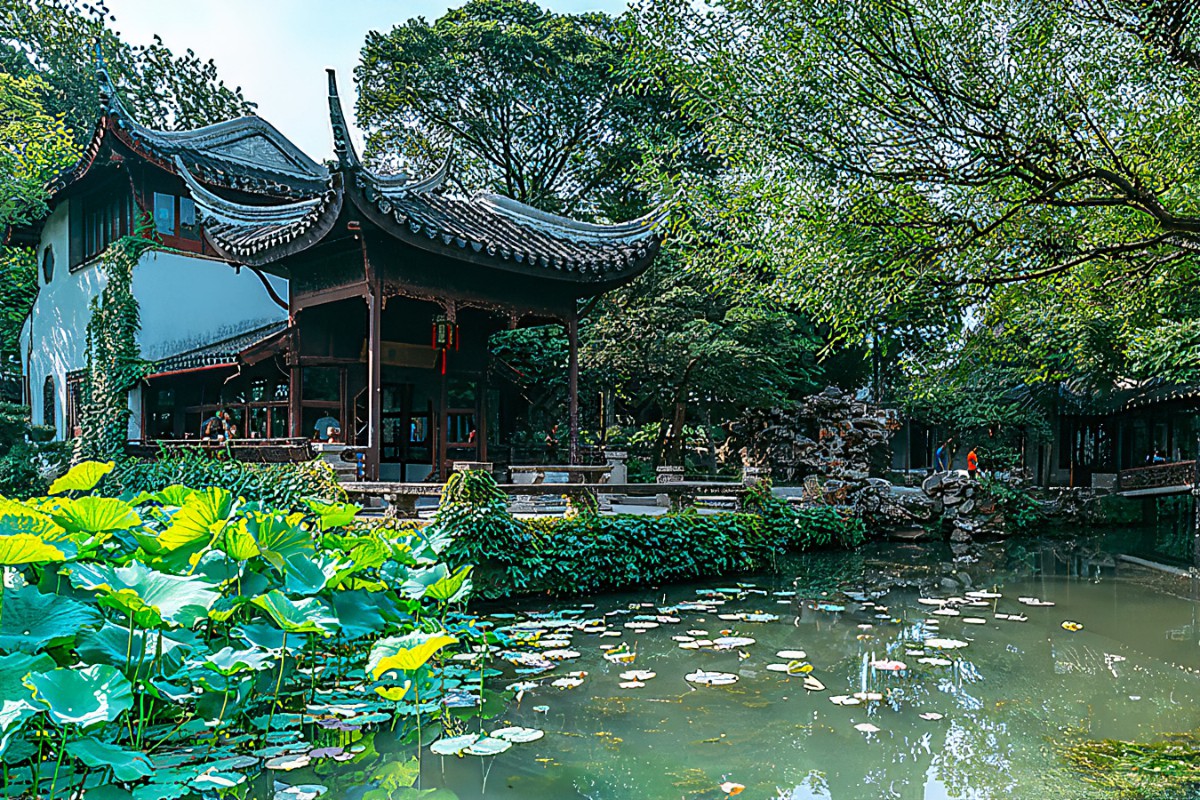
China’s largest classical garden features lotus ponds, zigzag bridges, and pavilions. Visit in April for peony blooms.
Lingering Garden 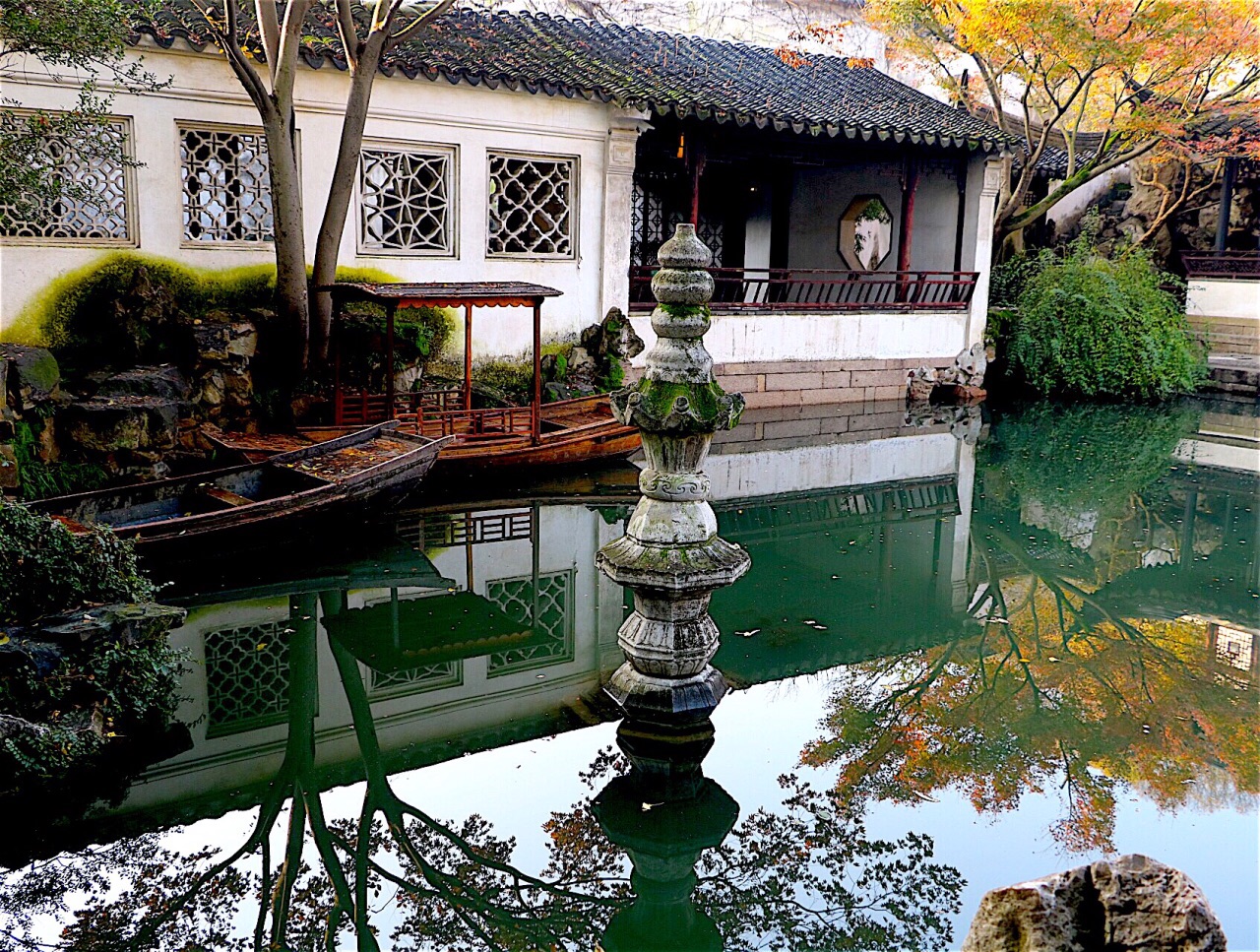
Renowned for its miniature landscapes and Taihu rock formations. Join a guided tour to decode symbolic designs (e.g., rocks representing mountains).
Tiger Hill 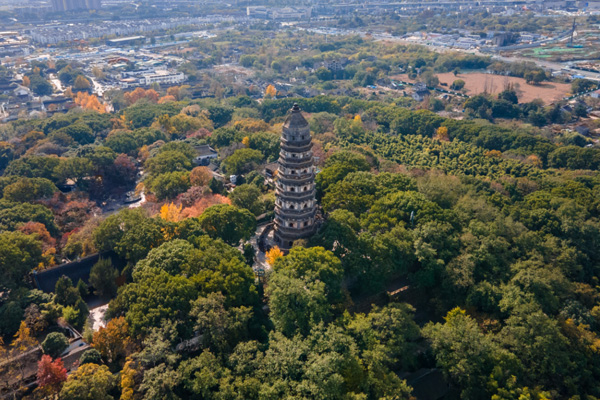
Climb the leaning Yunyan Pagoda and explore the Sword Pool, rumored to hold 3,000 buried blades.
Nearby Water Towns:
Zhouzhuang: Glide through canals on a gondola and visit Shen House, a Ming Dynasty mansion.
Tongli: Less touristy, with seven islands connected by ancient bridges.
9. Urban Vibrancy of Hong Kong & Macao
Hong Kong 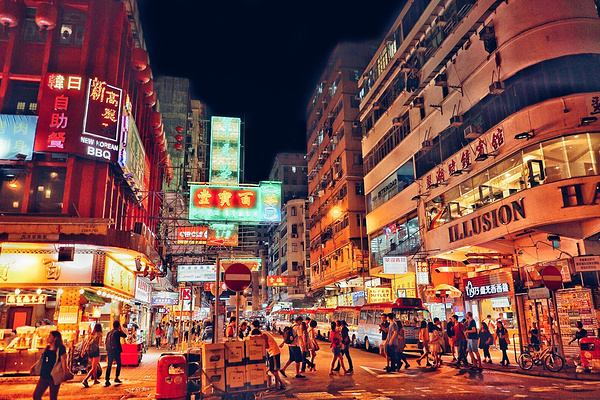
Victoria Peak: Ride the historic Peak Tram for panoramic city views. Dine at Bubba Gump Shrimp Co. with a harbor backdrop.
Temple Street Night Market: Hunt for trinkets, then join locals at a dai pai dong (open-air food stall) for clay-pot rice.
Lantau Island: Hike to the Big Buddha or relax on Cheung Sha Beach.
Macao 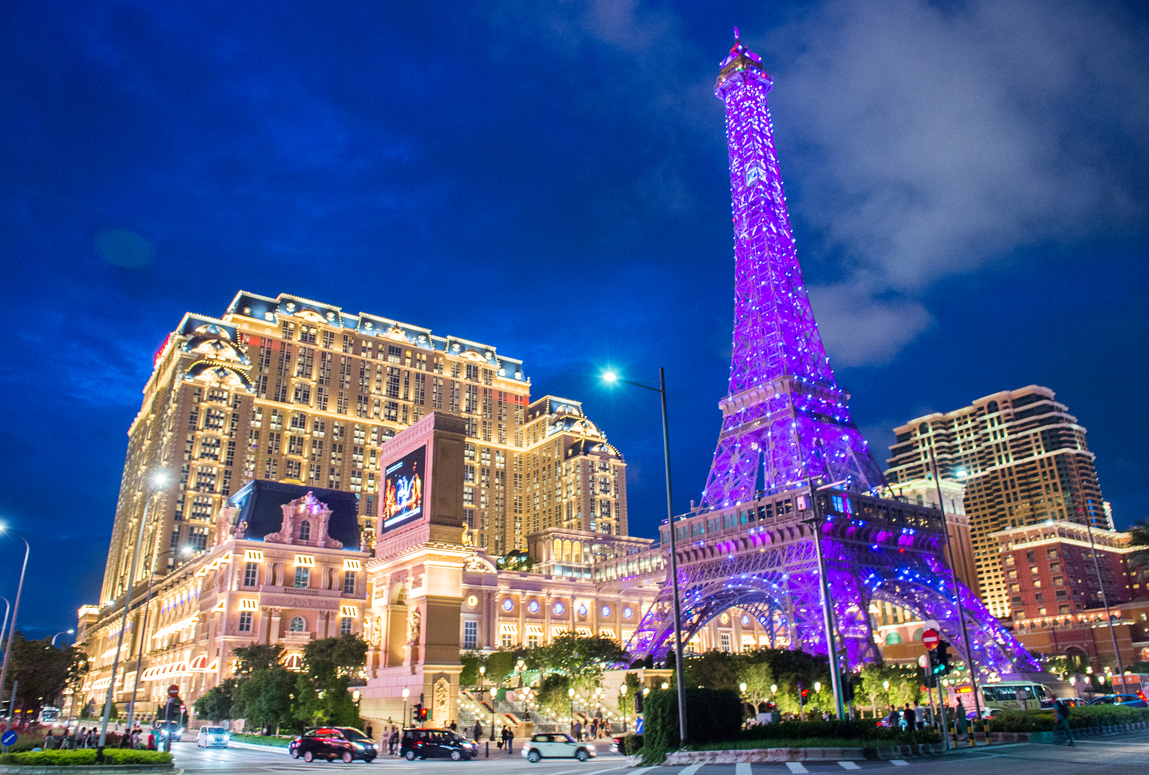
Ruins of St. Paul’s: Snap photos of the iconic facade, then sample Portuguese egg tarts at Lord Stow’s Bakery.
Cotai Strip: Blend Venetian gondola rides with high-stakes casino thrills.
Travel Tips:
Use the Hong Kong–Zhuhai–Macao Bridge for seamless transfers.
Macao’s Lion Dance Festival (February) showcases vibrant performances.
10. Wildlife Encounter in Sichuan
Chengdu Research Base of Giant Panda Breeding 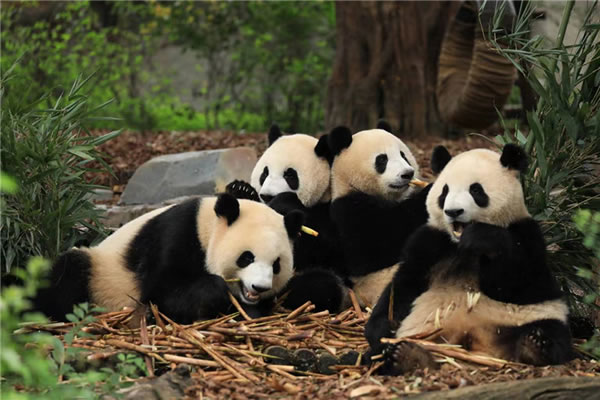
Arrive by 8 AM to see pandas munching bamboo. Book a VIP volunteer program to feed and clean enclosures (advance reservations required).
Wolong National Nature Reserve 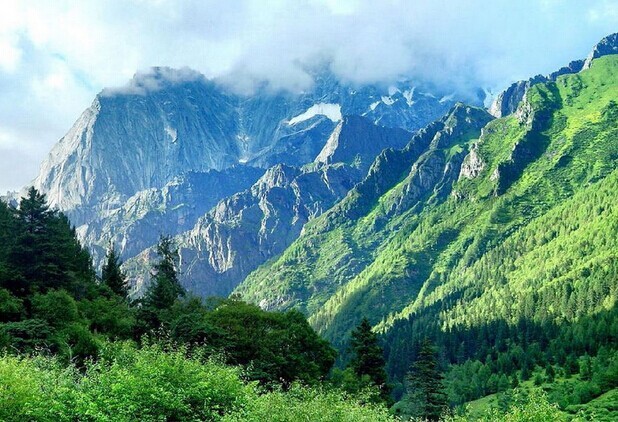
Trek through cloud forests to spot wild pandas (rare) or red pandas. Stay at Panda Inn for eco-friendly lodging.
Jiuzhaigou Valley 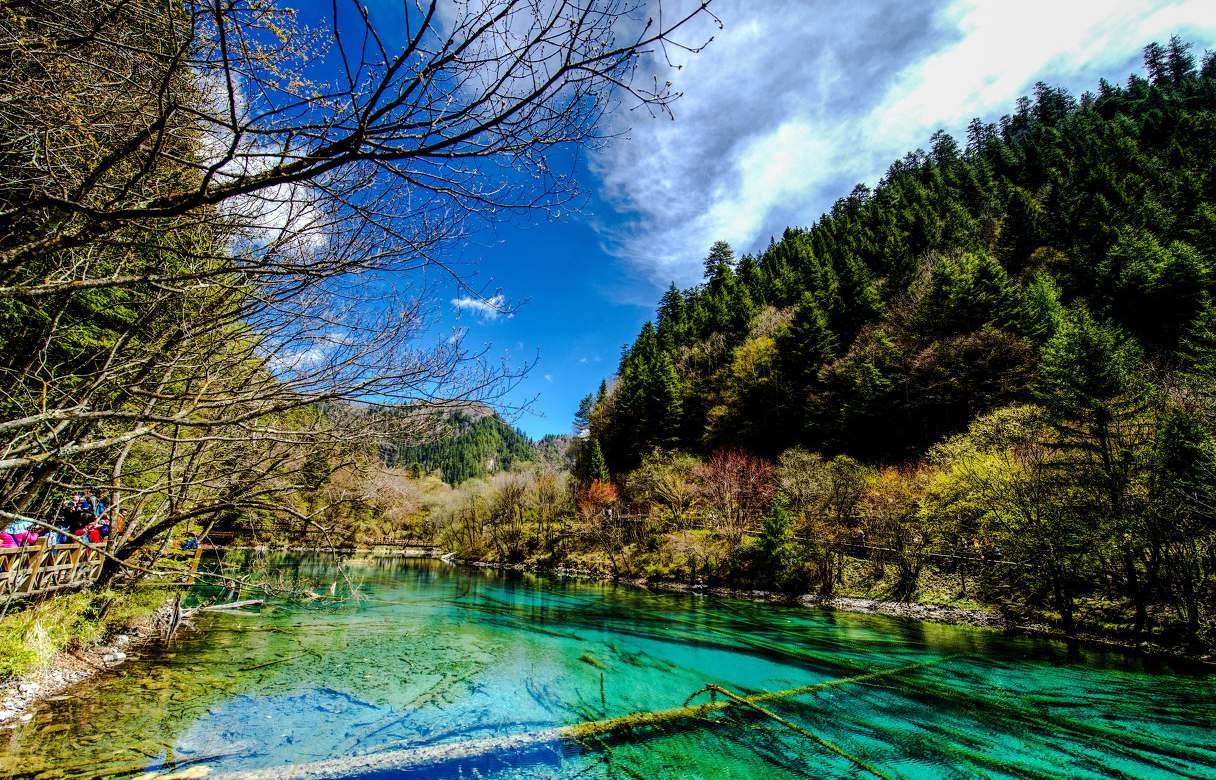
A UNESCO site with turquoise lakes and waterfalls. Look for golden snub-nosed monkeys in autumn.
Travel Tip: Combine a panda visit with a day trip to Leshan Giant Buddha, the world’s largest stone Buddha carved into a cliff.
11. Traditional Arts and Architecture
Peking Opera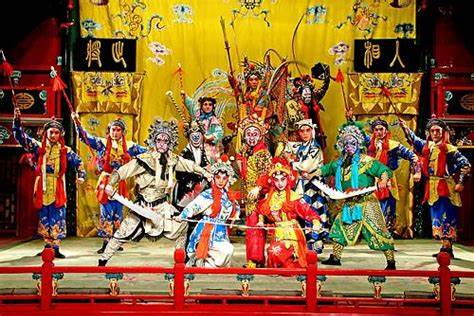
Watch a performance at Li Yuan Theater (Beijing), where actors don elaborate costumes and face paint. Opt for a backstage tour to learn symbolism.
Fujian Tulou 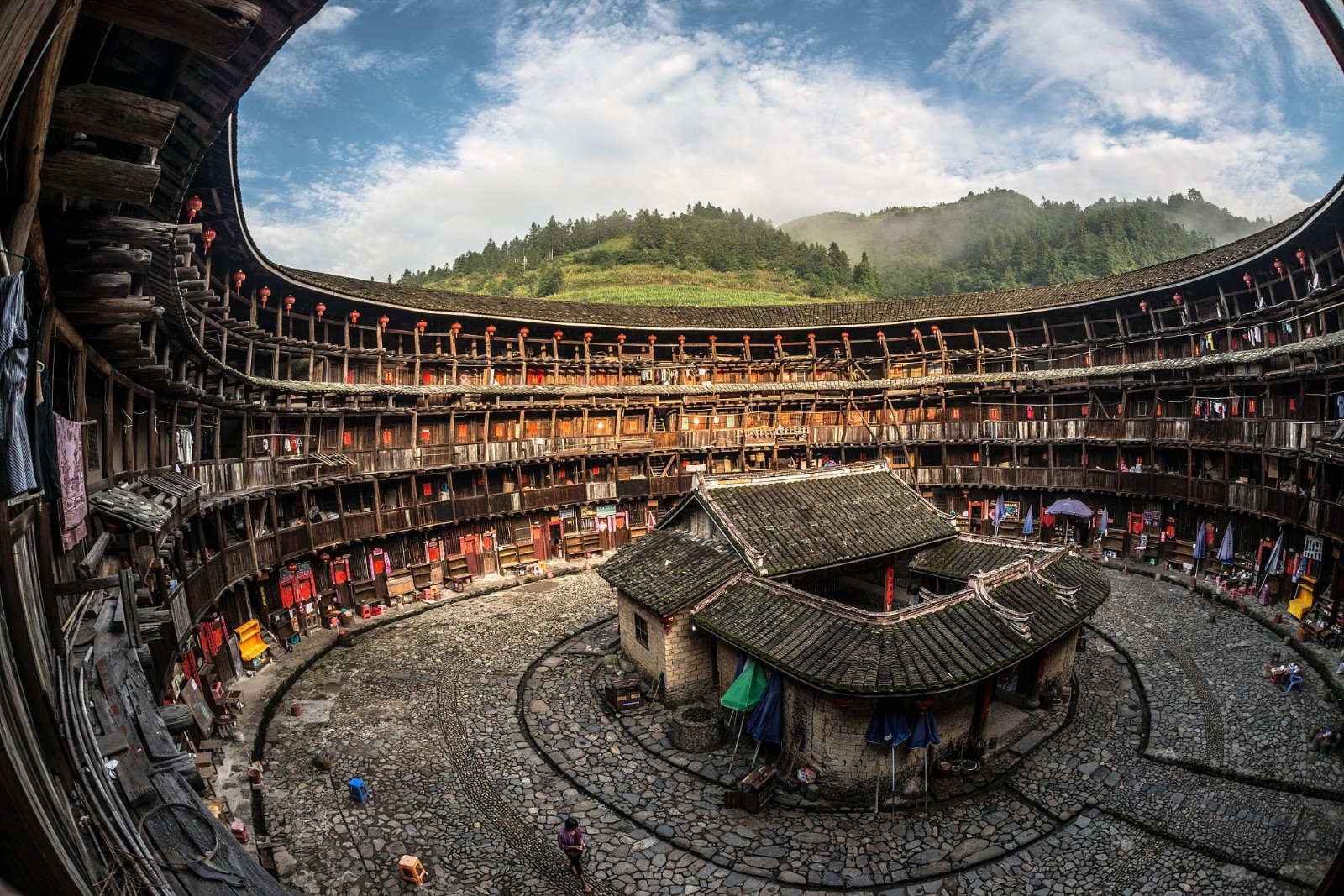
Explore these UNESCO-listed circular earth buildings in Yongding County. Stay overnight for Hakka cultural immersion.
Modern Architecture 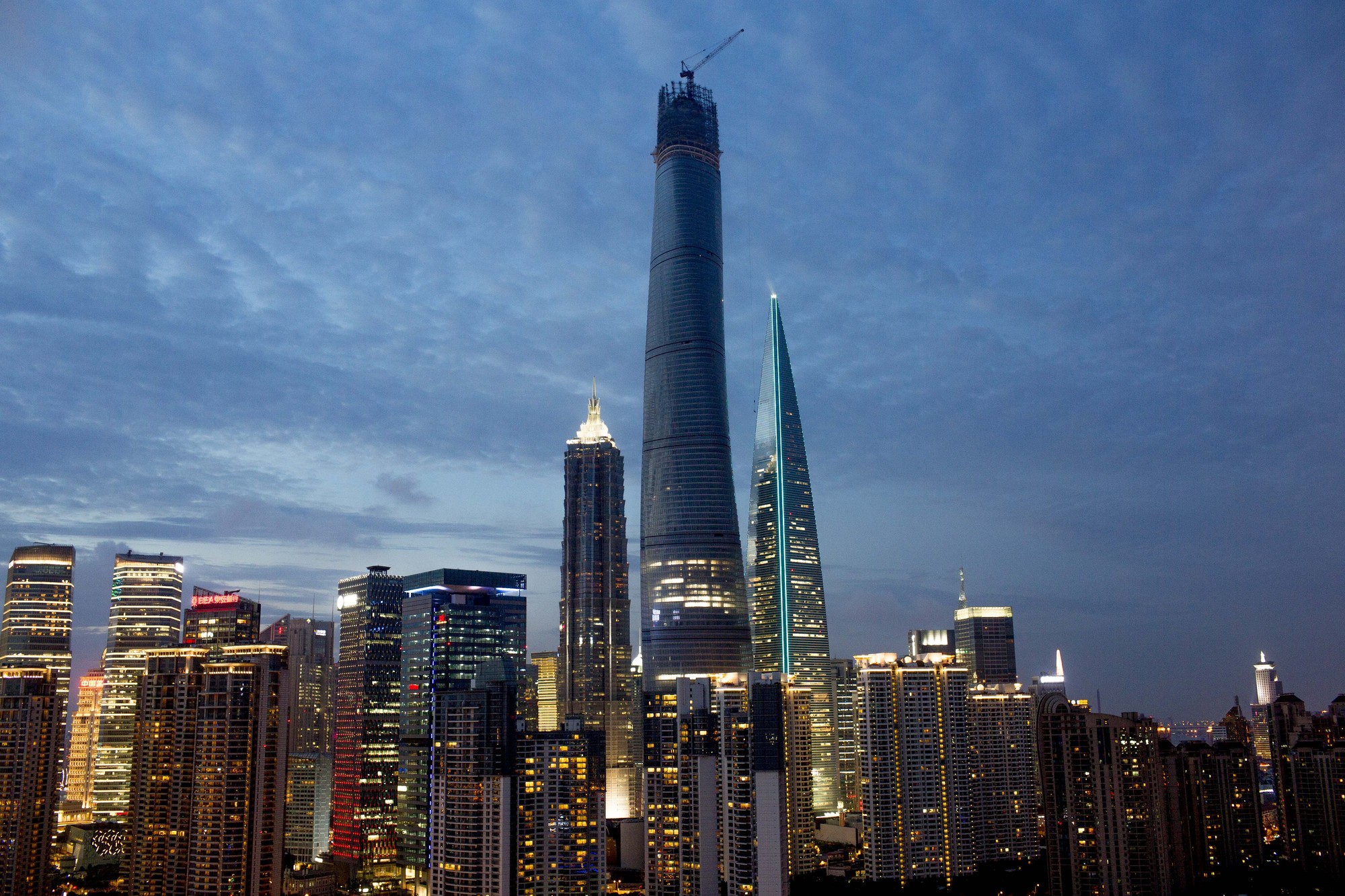
Shanghai Tower: Zoom to the 118thfloor observation deck for a dizzying city view.
Beijing’s 798 Art Zone: A hub of avant-garde galleries housed in 1950s factory buildings.
Workshops:
Learn calligraphy at Beijing’s Liulichang Cultural Street or paper-cutting in Shaanxi.
12. Art and Museums: From Antiquity to Avant-Garde
National Museum of China (Beijing) 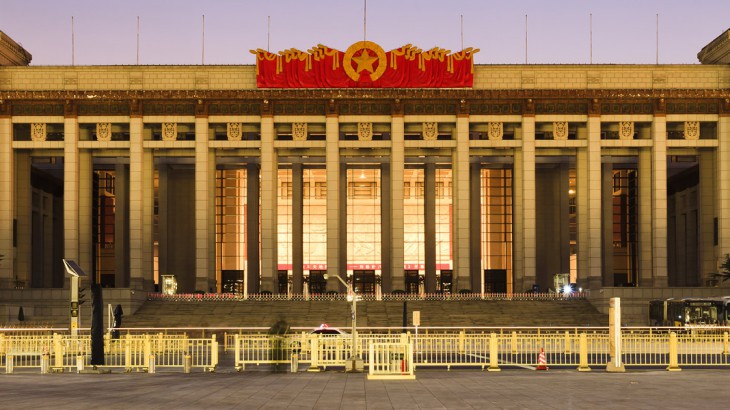
The National Museum of China (NMC), located on the eastern side of Beijing’s iconic Tiananmen Square, stands as a monumental testament to China’s rich history and cultural heritage. As the largest museum in the world by floor space (nearly 200,000 square meters), it houses over 1.4 million artifacts spanning 5,000 years of Chinese civilization
Sanxingdui Museum (Sichuan) 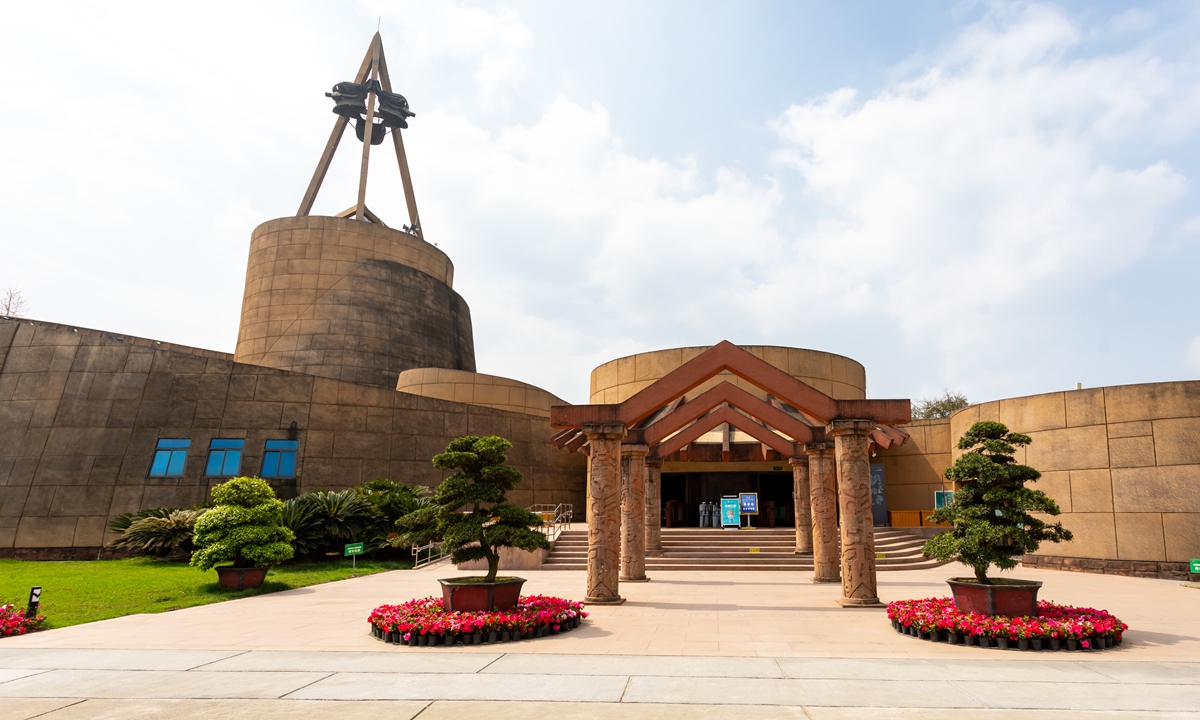
The Sanxingdui Museum, located in Guanghan City, Sichuan Province, is one of China’s most extraordinary archaeological museums. Situated 40 km north of Chengdu, it showcases the enigmatic relics of the 3,000–5,000-year-old Shu civilization, a culture once considered mythical until its rediscovery in 1986
Power Station of Art (Shanghai) 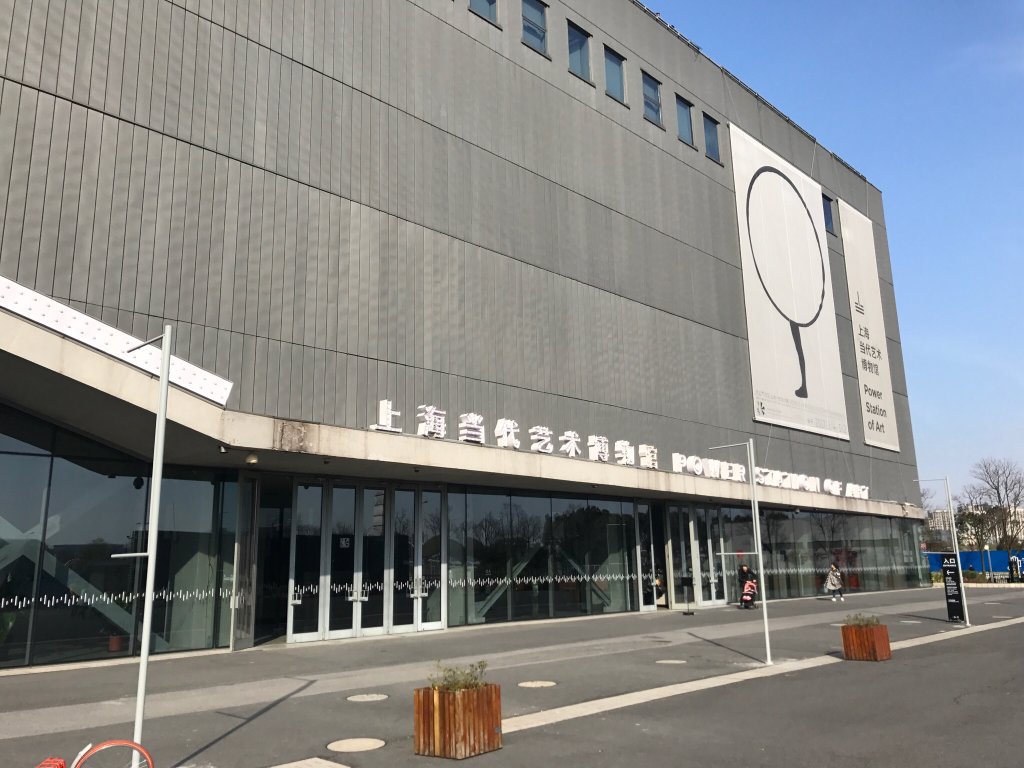
The Power Station of Art (PSA), China’s first state-run contemporary art museum, is a striking fusion of industrial heritage and avant-garde creativity. Housed in a renovated 1897 power plant along the Huangpu River, this 41,000 m² space debuted in 2012 and now anchors Shanghai’s cultural scene, notably as the home of the Shanghai Biennale.
Xi’an Beilin Museum 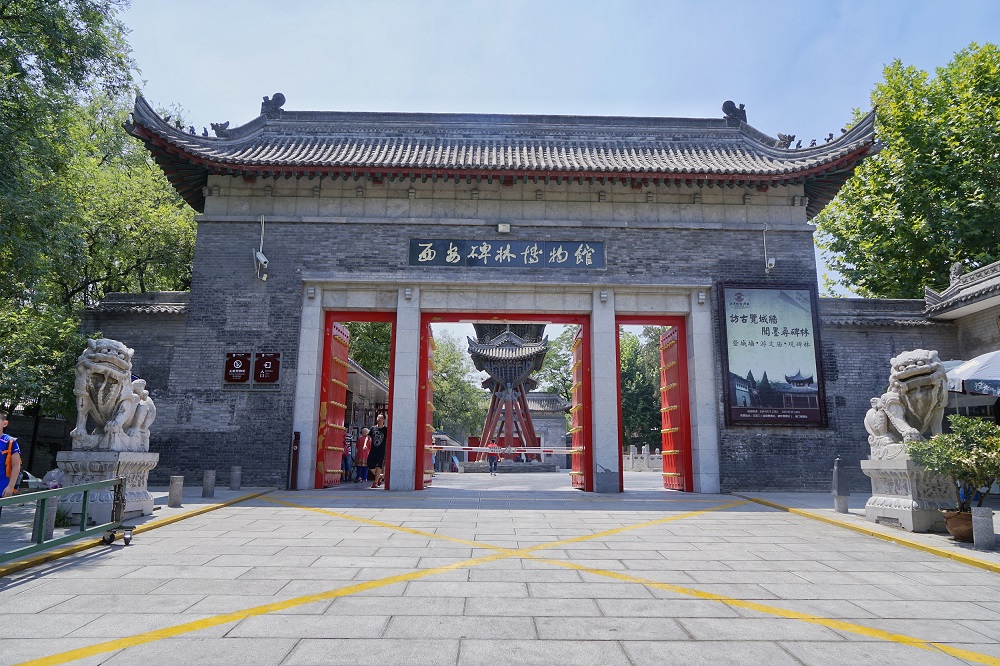
The Xi’an Beilin Museum, also known as the Forest of Stone Steles, is a UNESCO-listed cultural gem in Shaanxi Province. Established in 1087 AD during the Song Dynasty, it’s the oldest and largest stele collection in China, housing over 11,000 artifacts spanning 2,000+ years of history
Travel Tip: Check museum websites for temporary exhibitions, like Terracotta Warrior loans or digital art installations.




































